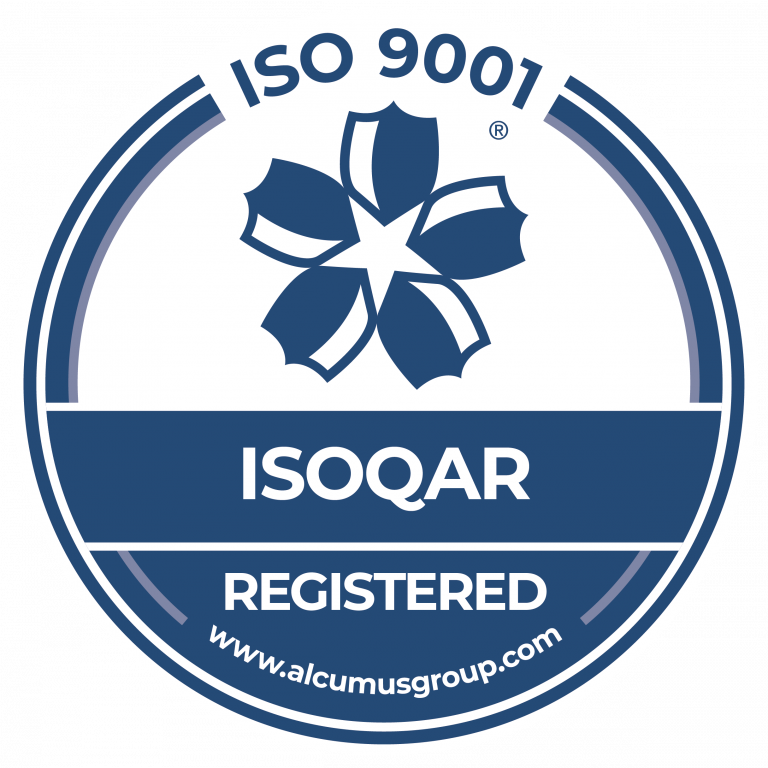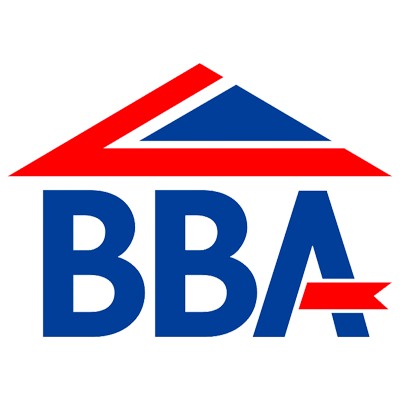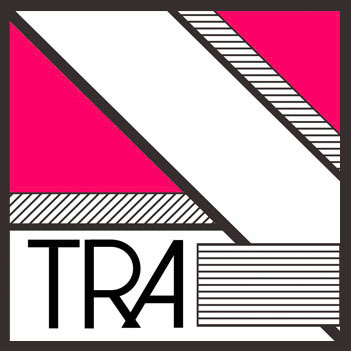When selecting a connector to use there are many factors which should be considered, these include timbers, loadings, masonry leaf width, cavity size, height of building, type of building and geographical location. It is the responsibility of the Building Designer to ensure the correct product is used for each application.
There are numerous standards and documents which offer guidance on wall tie usage and these should be considered before making a decision, these include:
Eurocode 5 is the code for the general design rules for timber structures together with specific design rules for buildings.
Eurocode 6 is the code for the design of reinforced and unreinforced masonry.
Specifies the standard requirements for wall ties – material, tolerances, testing and declared values.
Contains recommendations on tie lengths, embedment, density, material and positioning.
Part E of the building regulations specifies performance requirements for walls for resistance of passage of sound.
The document covers all buildings with rooms for residential use including domestic dwellings, hotels, care homes and student / nurse accommodation blocks.
EAD 130186-00-0603 European Assessment Document, is a harmonised technical specification for Three Dimensional Nailing Plates.
UKAD 130186-00-0603 UK Assessment Document, is a harmonised technical specification for Three Dimensional Nailing Plates.
ISO 9001 is defined as the internationally recognized standard for Quality Management Systems (QMS). It is the most widely used QMS standard in the world.
ISO 14001 standard contains guidelines for an environmental management system (EMS). An EMS is compromised of the policies, processes, plans, practices and records that defines the rules governing how a company interacts with the environment. Our certification of this standard demonstrably supports our commitment towards environmental protection.







BPC Building Products Ltd.
Flanshaw Way
Wakefield
WF2 9LP
© BPC – 2023
Part of the Vista Group